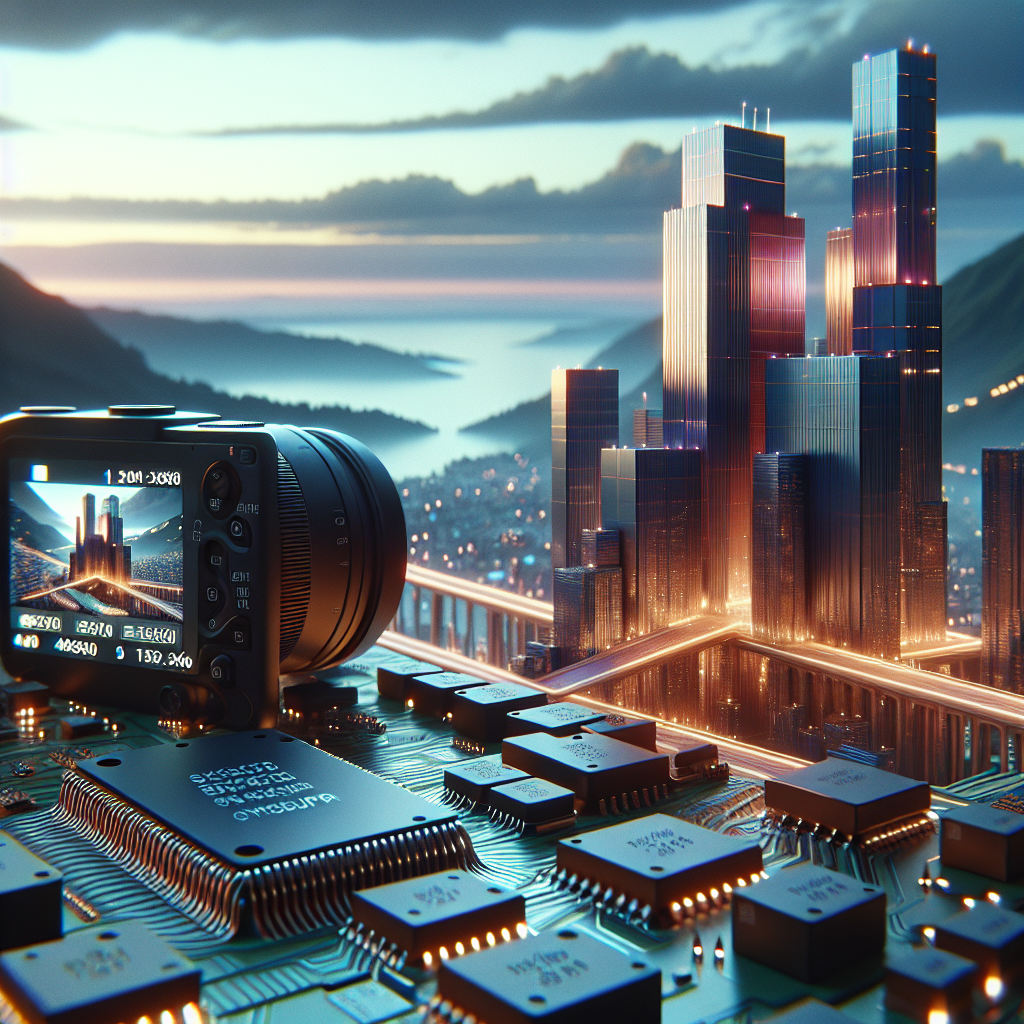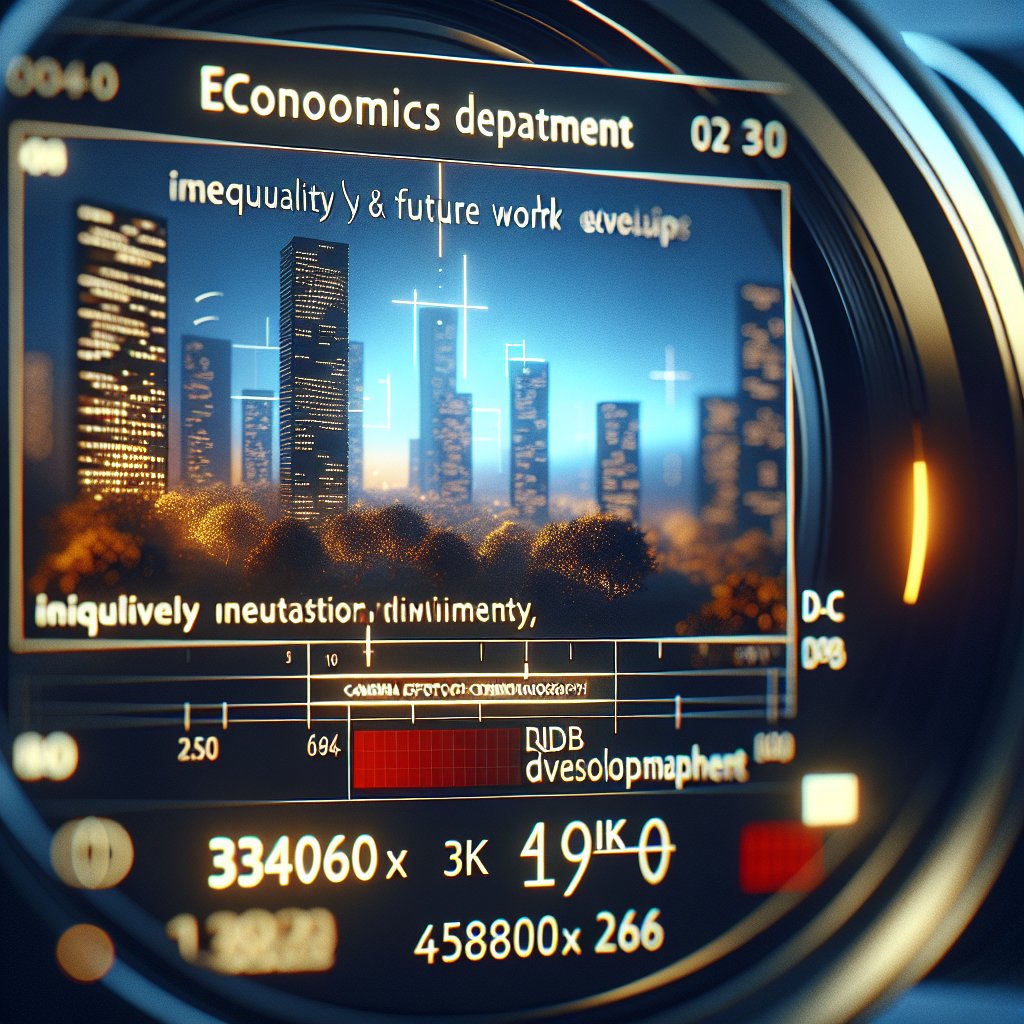MIT Engineers Develop Advanced 3D “Skyscraper” Chips
MIT Engineers Innovate with 3D “Skyscraper” Chips
Engineers at the Massachusetts Institute of Technology (MIT) have developed a groundbreaking technology in the form of 3D “Skyscraper” chips. These chips are designed to overcome the limitations of traditional 2D chips, offering improved speed, energy efficiency, and capacity.
Revolutionizing Chip Design
The new 3D chips are a significant departure from the traditional flat microchip design. They are built vertically, much like a skyscraper, which allows for more components to be packed into a smaller space. This innovative design could revolutionize the way electronic devices are made, making them faster, more efficient, and capable of handling more data.
Overcoming Traditional Limitations
Traditional 2D chips have been reaching their physical limits in terms of size reduction and performance enhancement. The 3D “Skyscraper” chips developed by MIT engineers overcome these limitations by stacking components on top of each other, thereby increasing capacity without expanding the chip’s footprint.
- Increased speed: The vertical design allows for shorter connections between components, which can significantly increase processing speed.
- Improved energy efficiency: The 3D chips use less energy than traditional 2D chips, making them more environmentally friendly and cost-effective.
- Greater capacity: The vertical stacking allows for more components to be packed into the same space, increasing the chip’s data handling capacity.
Implications for the Future
The development of 3D “Skyscraper” chips could have far-reaching implications for the electronics industry. They could lead to the creation of smaller, more powerful devices, and could also pave the way for advancements in areas such as artificial intelligence and machine learning.
Conclusion
In conclusion, the 3D “Skyscraper” chips developed by MIT engineers represent a significant advancement in chip technology. By overcoming the limitations of traditional 2D chips, they offer the potential for faster, more efficient, and more powerful electronic devices. This innovation could revolutionize the electronics industry and pave the way for exciting new developments in technology.














